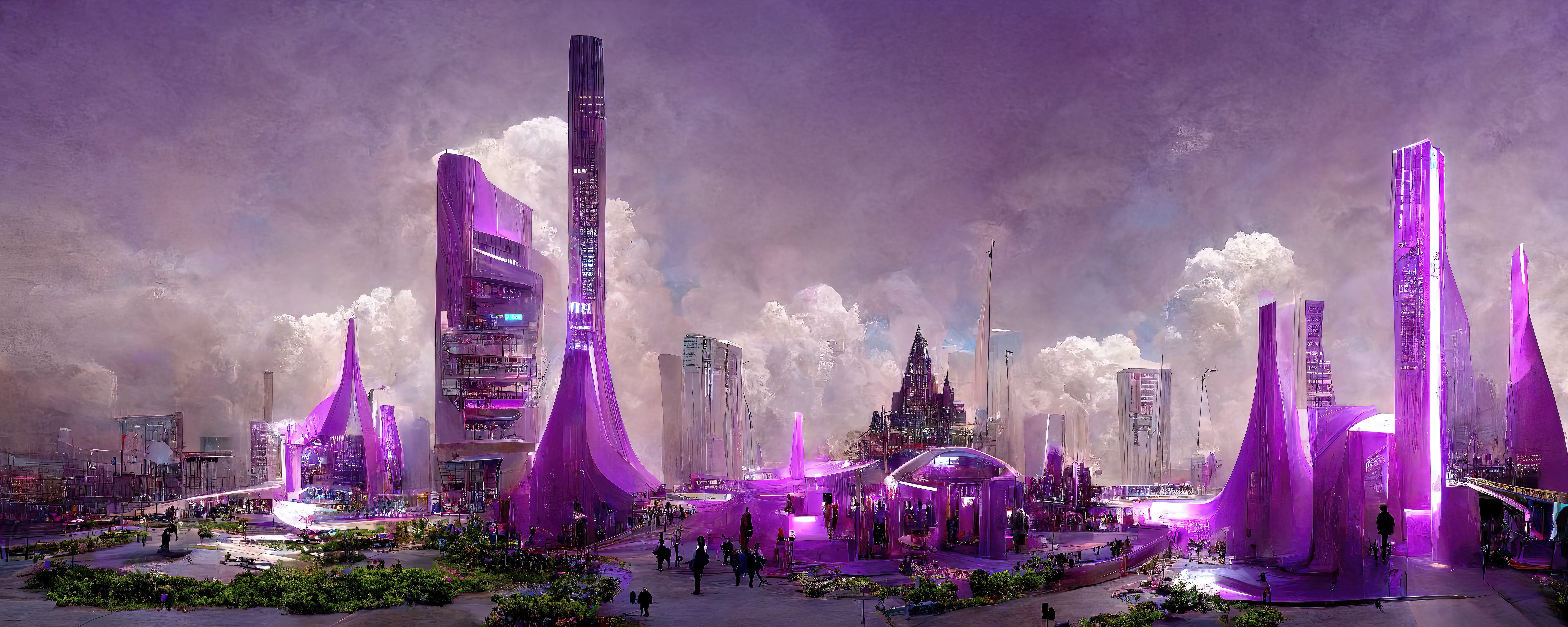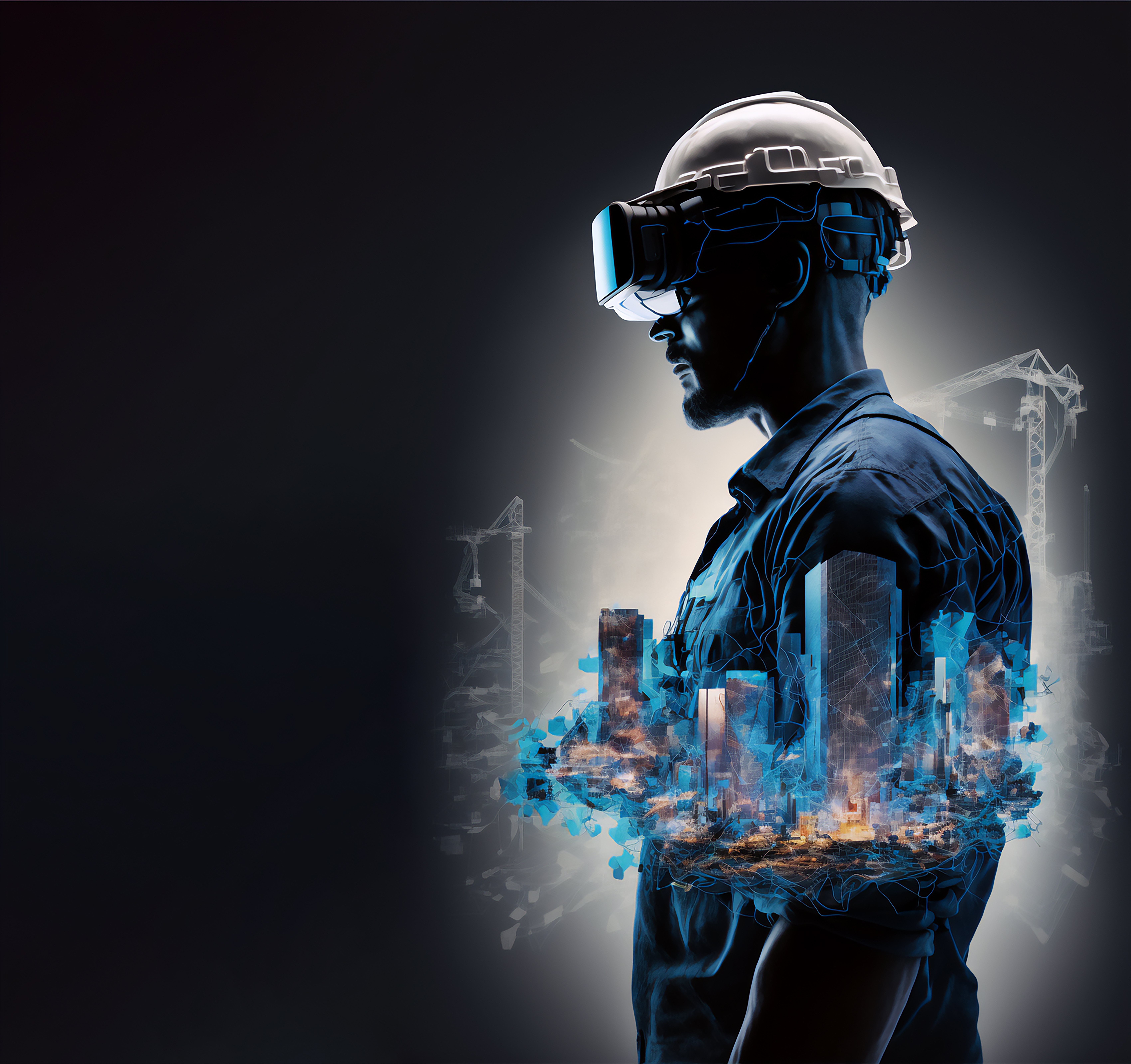Department of Computer Science
Mailing Address
Cleveland State University, Department of Computer Science
2121 Euclid Ave., FH 212
Cleveland, Ohio 44115-2214
Campus Location
Fenn Hall Room 212
1960 East 24th Street
Phone: 216.687.4604
cs@csuohio.edu
Gaming

Cleveland State University (CSU) students and Northeast Ohio workers have a new entry point to the worlds of virtual, augmented, and mixed reality. The Dan T. Moore MakerSpace of the Washkewicz College of Engineering will allow students and incumbent workers to develop and experience digital simulations that develop new skills and enable new forms of job training. It is noted that Virtual Reality (VR) simulations are fully computer generated, self-contained environments meaning that you only interact and "move" in the virtual world. Augmented Reality (AR) environments overlay digital elements on real world objects, while Mixed Reality (MR) allows you to interact with the virtual environment that is projected onto real world objects
Facility and Equipment
The MakerSpace currently includes two types of digital experiences.
- One is a Viscube M4 CAVE system, a self-contained VR room with immersive virtual reality images projected onto three walls and the floor. Users wear custom goggles that decode the 3D imagery and track the position of the user's head to provide accurate perspective. Multiple users can enter the room to share the experience.
- The second option for MakerSpace users is to try AR and MR using one of the Microsoft HoloLens2 units (5 of them), which are wearable headsets with holographic projectors just in front of the users' eyes. The HoloLens overlays digital objects on the physical world, and allows the user to move freely and interact with the digital objects using hand gestures.
- Recently, we added Meta Oculus Pro, a new MR system with cutting-edge color-passthrough and stereoscopic 3D technology (20 of them).
Rental
The MakerSpace equipment is intended to support career growth in a range of fields like engineering, graphic design, and software development, as well as supporting jobs like electrical and electronic equipment assemblers, industrial machinery mechanics, medical equipment repairers and welders. If you are interested in renting a device for your project, please contact Mr. Matthew Johnson, Makerspace Manager, at c.m.johnson84@csuohio.edu
Virtual Reality / Augmented Reality Workshop
April 4, 2023, 11:30 AM - 12-30 PM, MakerSpace (Demo)
Develop A Virtual Reality or Augmented Reality Application
Do you want to develop a VR/AR application but do not know where to start? Step-by-step guidelines from CSU are here - Meta Quest Pro & Viscube M4! FREE manual now. Have questions connect with us on Discord account "CSU MakerSpace VR AR" or email c.yu91@csuohio.edu.

Current Purrent Patrners and Supporters
Partners
- CSU T.E.C.H. Hub
- IoT Collaborative
- CSU School of Film and Media Arts
- CSU EMDiS Center (Entrepreneurial Manufacturing Digitization Support)
- GCUFF (Greater Cleveland urban Film Festival)
- NASA Glenn, GVIS (Graphics and Visualization Lab)
- CSU Faculty: Drs. Qin Lin (ECE), Weidong Xiong (ECE), Chansu Yu (ECE), Hongkai Yu (ECE), Charles McElroy (IS), Cigdem Slankard (FMA), and Yong Tao (MCE).
Sponsors & Supporters
US Department of Education, GCUFF, EMDiS, and New America
Curriculum and Courses
CIS 408 Internet Programming
CIS 457 Computer Graphics
CIS 465 Multimedia
CIS 467 Artificial Intelligence
CIS 470 Mobile Application Development
CIS 492 Virtual Inception
Awards and Projects
Digital Twins For Automatic Building Change Detection in Wide-Area Imagery
(Dr. Almabrok Essa: a.essa@csuohio.edu)
- This project aims at detecting changes in known building regions in multitemporal visible and near-infrared imagery based on a linear combination of independent features. Features identified for building and background detection include vegetation, texture, shadow intensity, and distance from known road areas. The resulting building candidates are classified by shape using a unique difference of Gaussian technique. Building regions reported in the reference dataset that indicate the initial observation time are revisited to check for changes in building candidates not identified in the feature fusion strategy.
Cyberattack Visualization on Industrial Control Systems
(Dr. Qin Lin: q.lin80@csuohio.edu)
- The protection of industrial control systems (ICS) is of utmost importance due to devastating physical damages a potential cyberattack may cause. The underlying concept behind existing process anomaly detection is to compare observed behaviors and expected behaviors based on physical invariants. This project studies machine learning-based detector to protect ICSs. We evaluate, demonstrate, and disseminate the best practice of proposed work on 3D simulated open-source testbeds called FORTIFHY for lowering the barriers to ICSs security research and education. (Reference: Colman McGuan, Chansu Yu, and Qin Lin, Towards Low-Barrier Cybersecurity Research and Education, Using Simulated Industrial Control Systems Testbeds, Submitted to the 5th International Workshop on Artificial Intelligence and Industrial Internet-of-Things Security, 2023; Source: https://github.com/csmcguan/mintwin-svm-grfics.)
Web-based Visualization
(Dr. Weidong Xiong: w.xiong15@csuohio.edu)
- With the discontinuation of Adobe Flash Player in 2020, HTML5 becomes the open web standards that allows immersive content viewing on web browsers. It is powered by WebGL technology (Web Graphics Library), which is a JavaScript API that lets you take advantage of the device's hardware graphics acceleration to provide high-performance 3D content rendering. (Website: https://grail.ECE.csuohio.edu/~xiong/projects/depletiongame/lagscenariomain.html)
VR Immersive Training Program Module
(Mohammad Alaqra, Jatin Patel, Ashley Dill, Joseph Rebuck, Antuan Golphin; 2021-22 Senior capstone project, Sponsor: EMDiS Center)
- This project is to re-create the Dan T. Moore MakerSpace area in VR and let the user learn about one of the three machines available there (3D printer, laser systems and the laser cutter) without the fear of breaking the machines. It utilizes the Viscube's 3D CAVE facility powered with Unity's game engine software. To design a game, we need to understand several components such as 3D modeling for the equipment and the space, the Unity API, and Scripts and coding of Unity to give an immersive feel and response.
XR Cinematic Storytelling and Urban Narratives
(Tytionna Williams, Khorshid Mohammad, Brian Gerhart, Yuvaraj Rai; 2022-23 Senior capstone project, Sponsor: GCUFF)
- The main goal of this project is to display the story behind the Hough riots in a 3D world. It will bring a new perspective to education about diversity and inequality. Racism is considered a public health crisis and Cleveland is one of the many cities that experienced it. Using the Unity platform, the program will start with a 360° video of the current Hough neighborhood and transition to a 3D world with the click of a button. The 3D space will showcase the old Hough neighborhood with a narrative of the history behind the scenes.
Cybersecurity visualization
(Drs. Charles McElroy and Ray Henry, c.p.mcelroy@csuohio.edu)
- We are using 2D, AR and VR data visualizations to determine the impact of various data configurations on the level of creativity in perceiving cybersecurity threats. This work is being done by recruiting Security Operation Center Analysts and analyzing, in a multi-modal way, how they process information and whether unconventional presentations make their analysis more creative and discerning. Preliminary analysis indicates that this is a promising approach to "threat hunting" where the analyst is challenging Advanced Persistent Threats (nation states) that are expert in attacking networks and often do so in new and disruptive ways.
Cooperative perception of Connected Automated Vehicles
(Dr. Hongkai Yu, h.yu19@csuohio.edu)
- How to perceive the surrounding objects precisely in the complex real-world scenarios is critical for the modern intelligent vehicle research. The accurate perception system (e.g., 3D object detection) is the fundamental base for the next motion planning and control of the intelligent vehicles, which implies tremendous impacts on the driving safety of intelligent vehicles. Because of the perception limitation of the current individual intelligent vehicle, the cooperative perception of Connected Automated Vehicles (CAV) recently attracts many attentions in this research community. Compared to the perception of individual intelligent vehicle, recent studies show that cooperative perception of CAV can significantly improve the perception performance by leveraging Vehicle-to-Vehicle (V2V) communication technology for information sharing. Information sharing through V2V communication is an important technology for CAV cooperative perception, which is utilized to observe a wider range and perceive more occluded objects in the complex traffic environment.
Mixed Reality Integrated with Design and Simulation in Sustainable Energy Systems
(Dr. Yong Tao, ytao19@csuohio.edu)
- A newly awarded US Department of Education Project, entitled "Developing Modeling and Simulation-Based Multidisciplinary Learning Environment for Urban Universities," will develop a new VR/AR lab experience for a new graduate concentration in of Modeling and Simulation in Sustainable Energy Systems (MS-SES). Guided by multidisciplinary faculty from Mechanical Engineering, Electrical Engineering and Computer Science, the new lab focuses on complex models generated through the persistent repetition of real-world tasks. Advanced visualization tools such as virtual and augmented reality facilitate a novel pedagogy for teaching students' tangible design concepts and simulation models. Students learn to "play with" the problem, such as an energy efficiency building retrofitting project and other energy system projects.
Contact
| For group information, contact: Prof. Chansu Yu Fall Hall, Room FH 320 (216) 687-2584, Email: c.yu91@csuohio.edu https://engineering.csuohio.edu/cs/gaming-1 | For program information, contact: Dr. George Chatzimavroudis, Associate Dean Washkewicz Hall, Room WH 305H (216) 687-6899, Email: g.chatzimavroudis@csuohio.edu https://engineering.csuohio.edu |
| For renting a VR/AR device and information on Dan T. Moore MakerSpace, contact: Karen K. Jackson DTM MakerSpace Manager Washkewicz College of Engineering Cleveland State University 2300 Chester Ave., WH 005 Cleveland, OH 44115 Phone (523) 802-3388 k.k.jackson11@csuohio.edu Website: https://engineering.csuohio.edu/makerspace/dan-t-moore-makerspace |
Mailing Address
Cleveland State University, Department of Computer Science
2121 Euclid Ave., FH 212
Cleveland, Ohio 44115-2214
Campus Location
Fenn Hall Room 212
1960 East 24th Street
Phone: 216.687.4604
cs@csuohio.edu